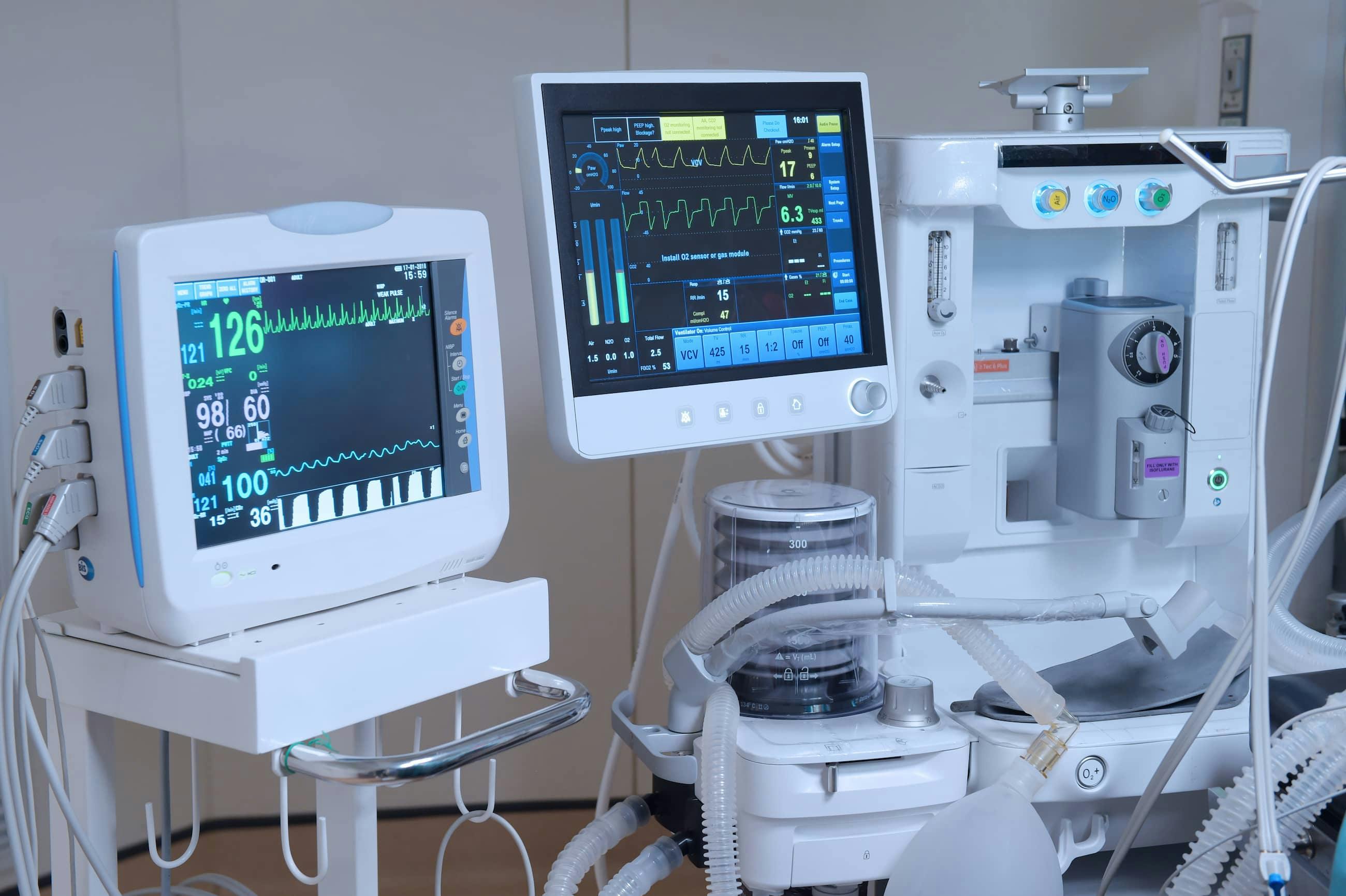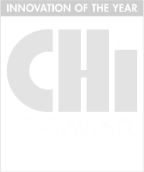Medical devices are an important and integral part of the pharmaceutical industry, but can be subject to strict and rigorous regulatory processes to ensure patient safety and device effectiveness. This ensures the best treatments for patients, but can be a big hurdle for manufacturers to negotiate. In the EU, recent changes to medical device directive and regulations means that manufacturers and marketeers are now navigating regulations that are stricter than ever. In this blog, well discuss key regulatory changes within the new Medical Device Regulations (MDR) and how Real-World Evidence can be leveraged to make the transitional process smooth and seamless.
How have Medical Device regulations changed?
In 2017, the new MDR was announced which will take the place of the previously standing Medical Device Directive (MDD). The goal of the new MDR is to strengthen the safety and effectiveness of medical devices, whilst improving the transparency of information about medical devices for patients. Some of these changes include:
Increased Scope
MDR has been expanded to include a wider range of medical devices, to account for new Medical Technology developments. This now covers a range of software, devices using tissues and cells, implantable decided and accessories in conjunction with existing medical device definitions.
Stricter Classification Rules
Greater clarity has been given on classifications of medical devices, and new rules have been introduced to consider a wider range of potential risks to patients when classifying devices.
Enhanced Clinical Requirements
Under new MDR, there is now a requirement to provide more comprehensive and robust clinical evidence to demonstrate the safety and efficacy of medical devices.
Strengthened Post-Market Surveillance
Key to Real-World Evidence use, there is now an increased emphasis on post market surveillance, and requires follow ups from manufacturers to constantly monitor the safety of devices.
How quickly will these changes come into effect?
On 20th March 2023, a new timeline for these changes was put into place, effective immediately. The transition is now well underway. This update has extended the timeline in which manufacturers have to comply with new EU MDR, but this is not to allow manufacturers more time to gather the data needed, but to allow the Notified Bodies reviewing submissions the time needed. The pressure is still very much on to ensure compliance.
The transition period will now end of class III and IIb implantable as of 31st December 2027, and for all other class IIb, IIa and I devices, the final transition deadline is 21st December 2028.
How can Real-World Evidence help manufacturers to navigate new MDR?
When faced with the options of incredibly expensive clinical trials to monitor medical device safety, or carrying out lower grade consumer research and risking less robust and comprehensive data to support Post Marketing Surveillance requirements, Real World Evidence can provide the robust, high-quality evidence needed within swift timeframes for a fraction of the cost of RCT.
Now a globally recognised healthcare initiative supported by industry bodies including MHRA, NICE, FDA and EMA, Real-World Evidence can be leveraged to collect high grade research outside of the confines of clinical trial, from real-life patients, gaining valuable insight from lived experience. This data, conducted through peer-reviewed RCT-aligned processes, provides incredibly valuable insights into the safety, effectiveness, and performance of medical devices in real-world settings.
This can be repeated as needed, resulting in continuous delivery of safety and performance data to support ongoing PSURs and constant MDR compliance.
Real-World Evidence data collection processes can be tailored to each manufacturer or medical device to provide the data required, when it’s needed, at a cost-effective and rapid rate with the highest quality data and robustness, to an industry gold standard.
Conclusion
In summary, MDR is a significant update to the regulatory framework for medical devices in the EU, and a change in the way manufacturers and marketeers will manage medical devices moving forward for the good of the healthcare industry. While the MDR introduces stricter requirements for clinical evidence and post-market surveillance, it presents a real step forward for patient safety and increased transparency. Ultimately, the MDR is designed to ensure that medical devices are safe and effective, and that patients can have confidence in the devices they use.
RWE is an ideal tool for manufacturers to demonstrate the safety, effectiveness, and performance of their medical devices without the intensive time and financial burden of RCT, or lack of robustness of consumer research. Bringing together real patient experiences and robust clinical research processes, RWE is ideally placed to help manufacturers ensure a smooth transition from MDD to MDR.










